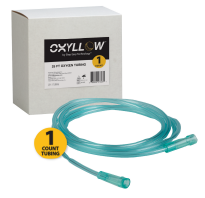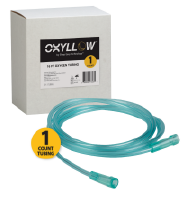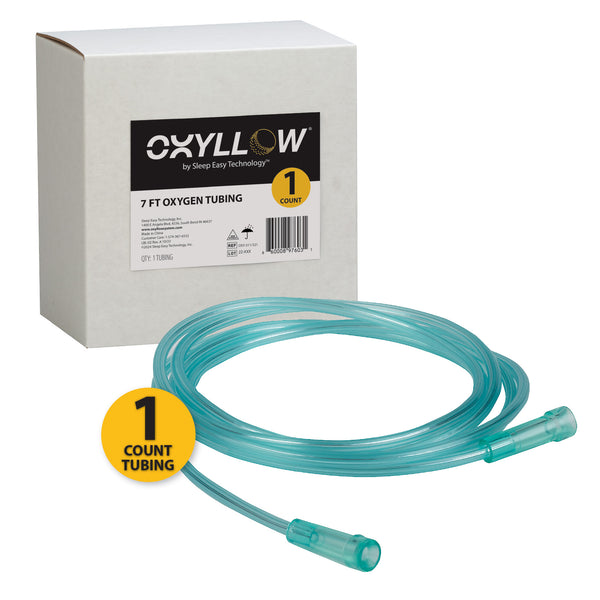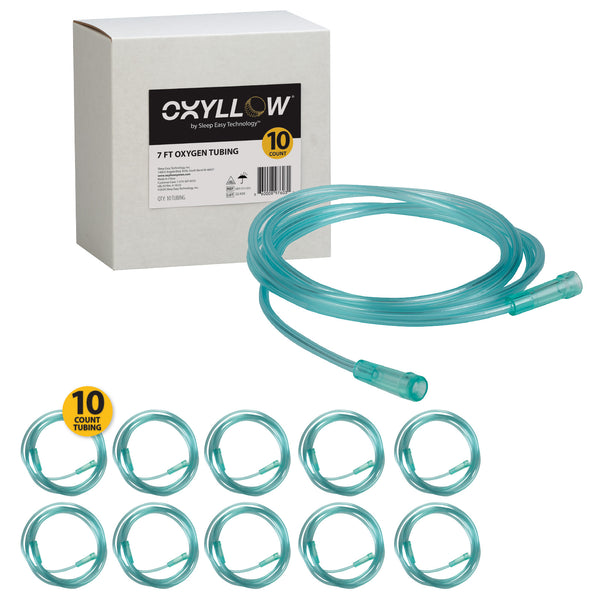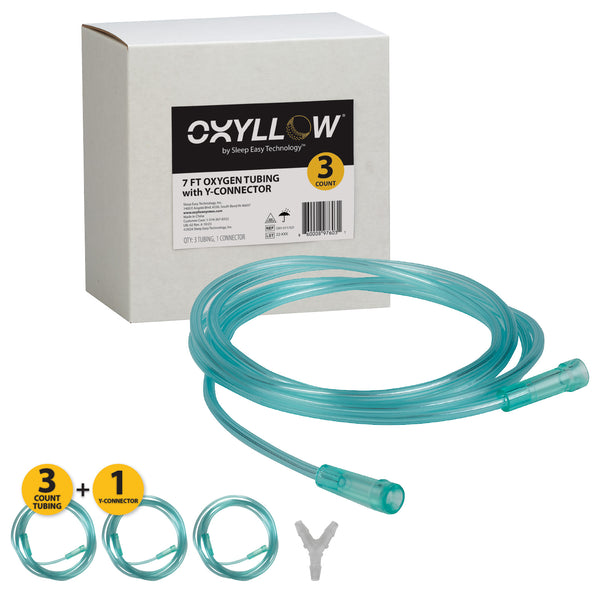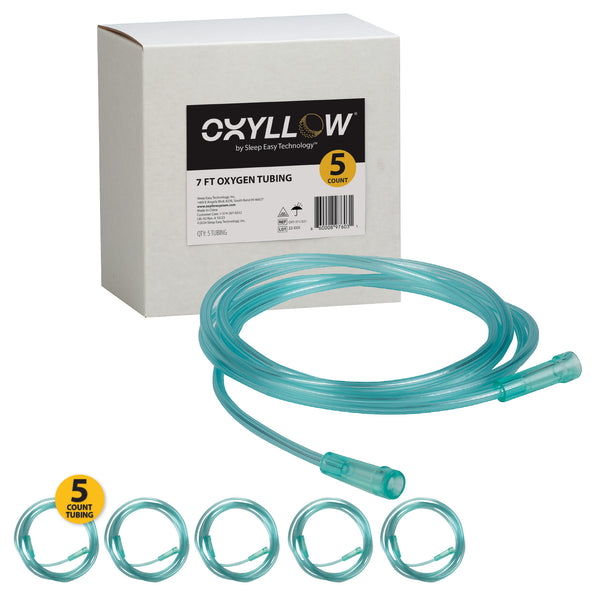Reliable Tubing for Oxygen Concentrators
Oxyllow System™ tubing is designed for consistent, uninterrupted oxygen delivery when used with both stationary and portable oxygen concentrators. Whether you're at home or mobile, this tubing supports healthy lung function by maintaining steady oxygen flow. Its smooth, flexible form helps reduce skin irritation, especially during extended therapy sessions.
Medical Air Hoses for Diverse Applications
Our medical air hoses are built to support various oxygen therapy needs, from in-clinic respiratory care to daily at-home use. Made from durable latex-free polyvinyl chloride (PVC), these hoses stay flexible without collapsing under pressure. Their reliable airflow delivery helps patients manage their oxygen therapy with less worry and more comfort.
Features include:
- Strong yet pliable plastic material
- Flexible and kink-minimizing design
- Odorless and latex-free for sensitive users
- Smooth internal bore for uninterrupted oxygen stream
- Clearly labeled SKUs for fast, easy ordering
Kink-Resistant Design for Uninterrupted Therapy
All oxygen tubing from Oxyllow System™ features a built-in kink-resistant structure. This prevents blockages caused by bending or twisting, which is especially helpful for patients using humidifiers or switching between cannulas and oxygen masks. Whether asleep or active, you can rely on a constant supply of oxygen for better therapy outcomes.
Compatibility with Humidifiers, Cannulas, and Masks
Each length of tubing connects easily to essential oxygen therapysupplies—humidifier bottles, nasal cannulas, and oxygen masks. These tight, secure fittings reduce accidental disconnects and maintain continuous airflow. That means fewer disruptions and more confidence during therapy, whether you’re setting it up alone or with help from a caregiver.
High-Visibility Tubing in Multiple Lengths
We offer oxygen tubing in several length options—all in a single high-visibility green color. This makes the tubing easier to see in any setting, improving safety and reducing the risk of trips or tangles. Whether bedside or mobile, users can stay confident knowing their tubing is easy to manage, clean, and locate.
Oxygen Accessories to Complete Your Setup
Looking for more respiratory support tools? Visit our oxygen accessories page to find diffuser headers, nasal cannulas, connectors, and more—all compatible with Oxyllow System™ tubing. Shop essential healthcaresupplies that support long-term oxygen therapy with ease.
Frequently Asked Questions (FAQS)
Q: What makes Oxyllow tubing better than generic options?
A: Oxyllow tubing is kink-resistant, lightly tinted for visibility, and made from high-quality, latex-free materials that stay flexible in cooler temps. The 6-channel design helps prevent blockages, and universal connectors fit standard concentrators and cannulas. It’s designed for day-to-day comfort and dependability.
Q: How do I keep oxygen tubing from tangling?
A: Use kink-resistant tubing (like ours), add a swivel connector to reduce twisting, and manage slack with ties or routing along furniture. Let the tubing dangle to untwist regularly. A swivel near your cannula can make a big difference overnight or with active use.
Q: Does tubing length affect my oxygen levels?
A: Not usually. For most home setups (up to 50 ft), you’ll get consistent flow, especially with our smooth-lined tubing. Just ensure tight connections, especially if using multiple segments. If you notice changes in how you feel, check with your provider.
Q: What tubing lengths are available, and how do I choose?
A: We offer 7 ft (portable use), 16 ft (mid-range), and 25 ft (home mobility). Choose based on your space and routine. 7 ft is great for short connections; 25 ft lets you move freely around a room or small home. Many users keep a few lengths handy to switch as needed.
Q: Is your tubing safe for people with latex allergies or sensitive to smells?
A: Yes. All tubing is latex-free, hypoallergenic, and designed with low-odor materials. It’s hospital-grade but made for home comfort.
Q: How often should I replace my tubing?
A: Every 2–3 months is a good rule of thumb. Replace sooner if you see discoloration, stiffness, or after illness. Our multi-packs and optional auto-replenish make it easy to stay on schedule.

